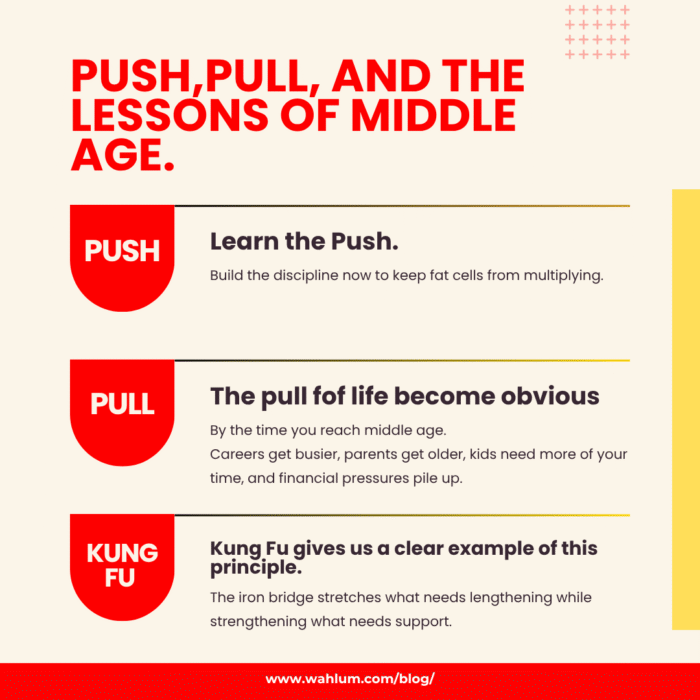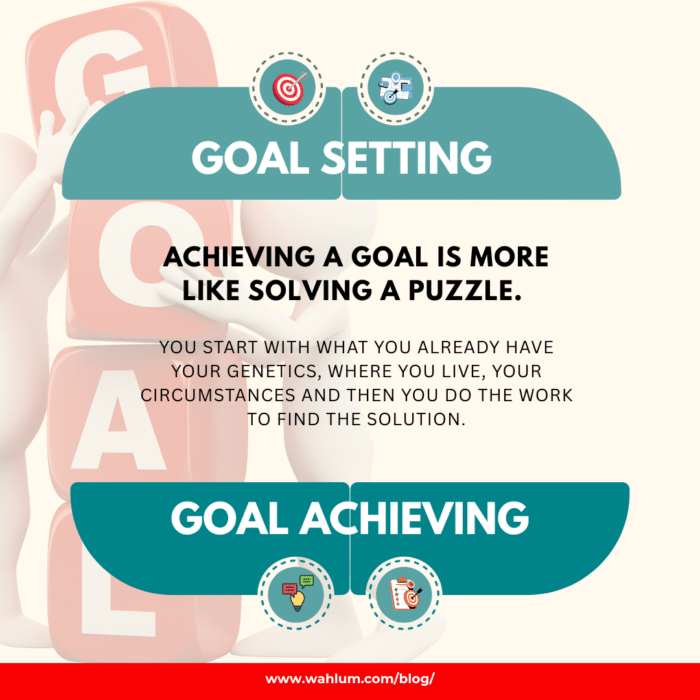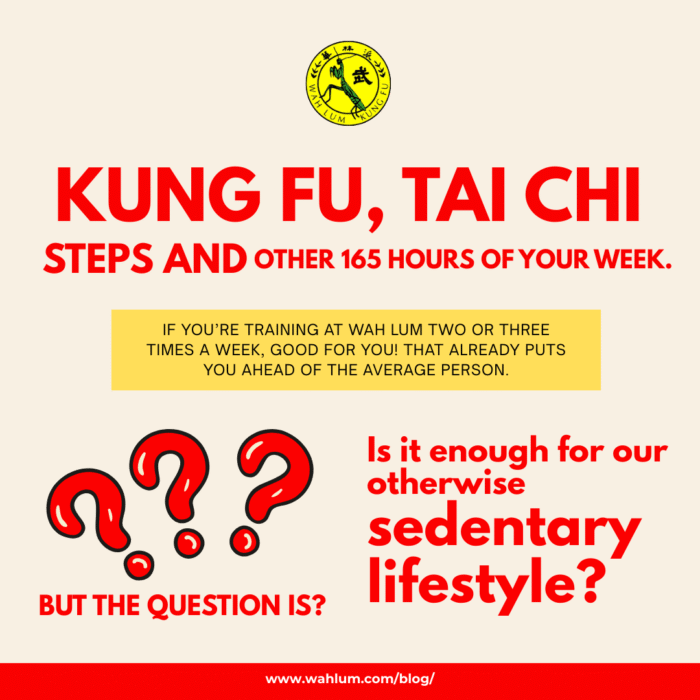Push, Pull, and the Lessons of Middle Age
In your late teens and 20s, the choices you make with food and training will stay with you. Strength coach Mike Boyle shared the best advice I know when it comes to body composition, and it is especially true in your 20s.
Learn the Push.
Push the table away. Push the extra beer and pizza away.
Build the discipline now to keep fat cells from multiplying.
Why? Because once you create fat cells, they don’t just disappear. Fat cells act like balloons. When you overeat, it is like blowing air into the balloon and it expands.
When you train, eat better, and lose fat, you don’t pop the balloon. You simply let the air out. It shrinks, but it never disappears.
That is why learning the skill of Push early is so valuable. But even if you did not learn it in your 20s, it is not too late.
The ability to push away what does not serve you is a practice you can strengthen at any age.
By the time you reach middle age, the Pulls of life become more obvious.
Careers get busier, parents get older, kids need more of your time, and financial pressures pile up. At the same time, your body starts sending reminders — tighter hips, rounded shoulders, slower recovery.
Strength coach Dan John sums up the solution perfectly: Stretch what’s stiff. Strengthen what’s weak. For most of us, that means:
- Stretch: hip flexors, hamstrings, pecs, biceps
- Strengthen: glutes, ab wall, deltoids, triceps
Over six years ago, Sifu Mimi and I started a video blog series called 40 Fit-Fu. We recorded more than 100 episodes on training, nutrition, and health.
If you scroll to the bottom of the playlist, you will find our final episodes where we looked back at the first ones and shared how our approach has evolved.
Training is a lifelong process. What works at 20 might not be what you need at 40, and what you build at 40 sets you up for your 60s.
Kung Fu gives us a clear example of this principle.
The iron bridge stretches what needs lengthening while strengthening what needs support.
It is also a classic Push-Pull exercise: pushing the hips up, pulling the shoulders back. That combination is exactly what keeps us strong, mobile, and balanced through every stage of life.
See you in training,
Sifu Oscar
P.S. The principle of stretching what is stiff and strengthening what is weak starts on day one. That is what our Foundations program is all about. This is also remote coaching through our app, with daily actions and accountability built in. Reply with Foundations and I will get you started.
P.P.S. Whenever you’re ready, here are ways we can help you get started.
1. Schedule a time to observe a class.
Interested in Kung Fu or Tai Chi? First step is to watch a class and see if we would be a good fit! Email: kungfu@wahlum.com for an appointment.
2. Become part of my exclusive Coaching Group with CYH Remote Coaching. Get personalized coaching delivered right to your phone and catered to your specific goals.
Email: kungfu@wahlum.com for info.



